Valentine's Day Terrarium Workshop
Register Now
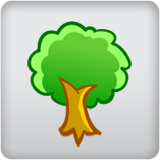
Spring Grove® Arborvitae
Thuja plicata 'Grovepli'
Height: 30 feet
Spread: 12 feet
Sunlight:


Hardiness Zone: 4b
Other Names: Giant Arborvitae, Western Red Cedar
Brand: Proven Winners
Description:
One of the finest tall hedging evergreens, this outstanding variety has dense sprays of shiny rich green leaves on a tightly upright form with a pinnacle top; takes pruning very well, makes an excellent hedge, both trimmed and natural
Ornamental Features
Spring Grove® Arborvitae is primarily valued in the landscape for its distinctively pyramidal habit of growth. It has forest green evergreen foliage. The glossy scale-like sprays of foliage remain forest green throughout the winter. The shaggy antique red bark adds an interesting dimension to the landscape.
Landscape Attributes
Spring Grove® Arborvitae is a dense evergreen tree with a distinctive and refined pyramidal form. Its relatively fine texture sets it apart from other landscape plants with less refined foliage.
This is a relatively low maintenance tree. When pruning is necessary, it is recommended to only trim back the new growth of the current season, other than to remove any dieback. It has no significant negative characteristics.
Spring Grove® Arborvitae is recommended for the following landscape applications;
- Accent
- Vertical Accent
- Hedges/Screening
Planting & Growing
Spring Grove® Arborvitae will grow to be about 30 feet tall at maturity, with a spread of 12 feet. It has a low canopy with a typical clearance of 2 feet from the ground, and should not be planted underneath power lines. It grows at a fast rate, and under ideal conditions can be expected to live for 70 years or more.
This tree does best in full sun to partial shade. It is quite adaptable, prefering to grow in average to wet conditions, and will even tolerate some standing water. It may require supplemental watering during periods of drought or extended heat. It is not particular as to soil type or pH. It is somewhat tolerant of urban pollution, and will benefit from being planted in a relatively sheltered location. Consider applying a thick mulch around the root zone in winter to protect it in exposed locations or colder microclimates. This is a selection of a native North American species.

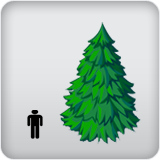
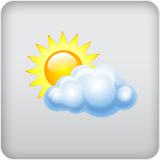 Characteristics
Characteristics
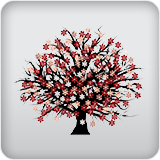
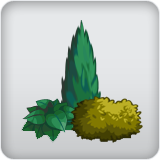
 Applications
Applications

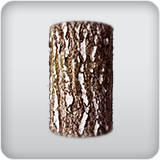
 Features & Attributes
Features & Attributes